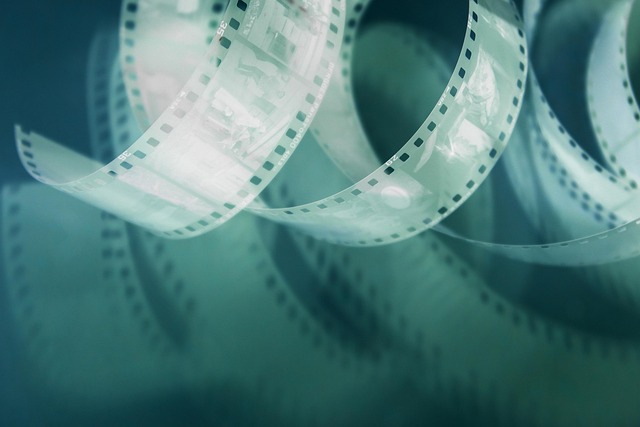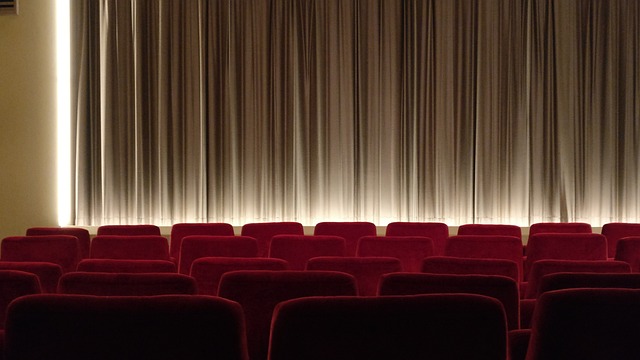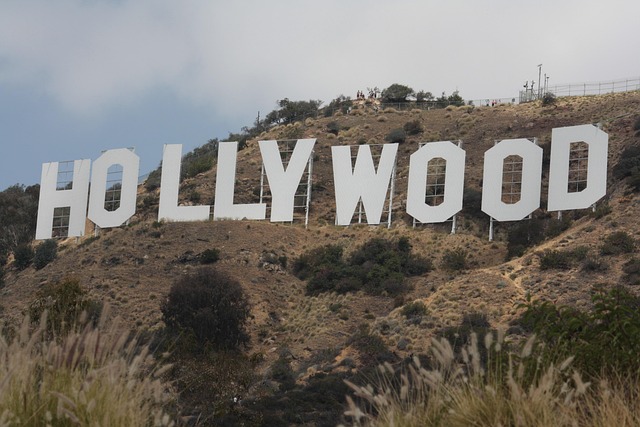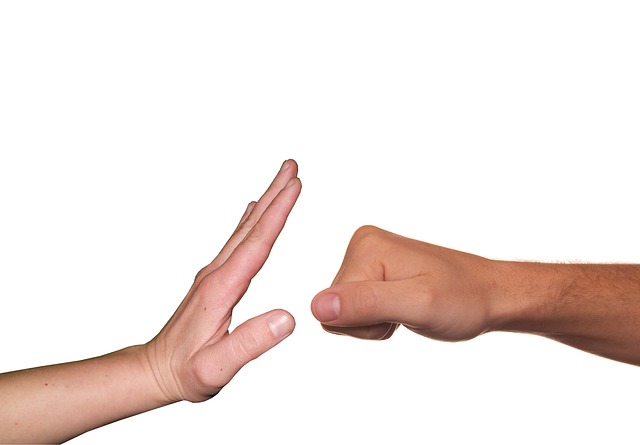
Media Criticism Technique in Writing
Understanding Media Criticism Techniques
Media criticism is an essential aspect of engaging with various forms of media, from films to literature. It involves analyzing and evaluating the content, structure, and impact of media works. This article delves into effective techniques for writing media criticism, providing a framework that can enhance both understanding and expression.
1. Establishing Context
Before diving into a critique, it is crucial to establish the context of the media piece. This includes understanding the background of the creator, the historical period in which it was produced, and the intended audience. Context helps frame the analysis and provides a foundation for deeper insights.
2. Analyzing Structure and Form
Every media piece has a structure that contributes to its overall message. In film, for instance, this could involve examining the narrative arc, pacing, and use of cinematography. In literature, one might analyze plot development, character arcs, and thematic elements. A thorough analysis of these components can reveal how effectively the media communicates its intended message.
3. Evaluating Content
Content evaluation is at the heart of media criticism. This involves assessing the themes, messages, and ideas presented in the work. Questions to consider include:
- What are the central themes of the piece?
- How are these themes developed throughout the work?
- What messages are conveyed, and how do they resonate with the audience?
By addressing these questions, critics can provide a comprehensive evaluation of the content's significance.
4. Engaging with Style and Technique
The style and technique employed by the creator play a significant role in shaping the audience's experience. This includes examining the use of language, visual elements, and sound design. For instance, a film's soundtrack can enhance emotional impact, while a novel's prose style can influence reader engagement. Analyzing these elements allows critics to appreciate the craftsmanship involved in media creation.
5. Drawing Connections
Connecting the media piece to broader cultural, social, or political themes can enrich the critique. This involves identifying how the work reflects or challenges societal norms, values, or issues. Such connections can provide a deeper understanding of the work's relevance and impact.
6. Providing Constructive Feedback
While criticism often highlights flaws or shortcomings, it is essential to provide constructive feedback. This means not only identifying what could be improved but also acknowledging what works well. A balanced critique fosters a more productive dialogue about the media piece and encourages creators to refine their craft.
7. Conclusion
Media criticism is a valuable skill that enhances the appreciation of various forms of media. By employing techniques such as establishing context, analyzing structure, evaluating content, engaging with style, drawing connections, and providing constructive feedback, critics can offer insightful and meaningful analyses. This approach not only benefits the critic but also enriches the audience's experience.

















 The Splat Pack
The Splat Pack 
 Health
Health  Fitness
Fitness  Lifestyle
Lifestyle  Tech
Tech  Travel
Travel  Food
Food  Education
Education  Parenting
Parenting  Career & Work
Career & Work  Hobbies
Hobbies  Wellness
Wellness  Beauty
Beauty  Cars
Cars  Art
Art  Science
Science  Culture
Culture  Books
Books  Music
Music  Movies
Movies  Gaming
Gaming  Sports
Sports  Nature
Nature  Home & Garden
Home & Garden  Business & Finance
Business & Finance  Relationships
Relationships  Pets
Pets  Shopping
Shopping  Mindset & Inspiration
Mindset & Inspiration  Environment
Environment  Gadgets
Gadgets  Politics
Politics 